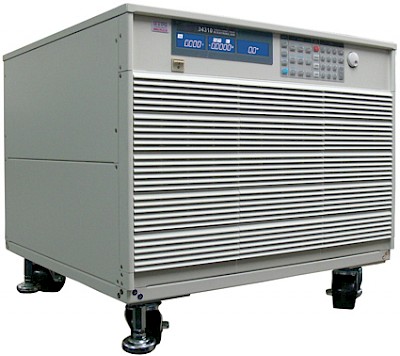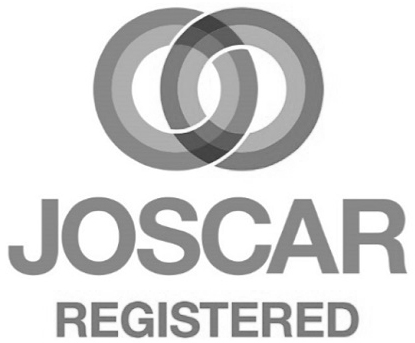When Brunel University London developed an electric racing car for the prestigious Formula Student competition, they needed to test their own custom battery pack.
 The Motorsport Centre at Brunel University London has fielded high scoring entries in the Formula Student event's petrol design category, and was one of the few and first universities to race in the TT Zero, an Isle of Man category for electric racing motorcycles. The Centre sits at the centre of a campus known for advanced combustion engine research and its motorsport curriculum.
The Motorsport Centre at Brunel University London has fielded high scoring entries in the Formula Student event's petrol design category, and was one of the few and first universities to race in the TT Zero, an Isle of Man category for electric racing motorcycles. The Centre sits at the centre of a campus known for advanced combustion engine research and its motorsport curriculum.
A new internal initiative is concentrating attention from power electronics, control, and electrochemical specialist faculty around deeper activity in electric and autonomous vehicle design. Owing to the cost, volume and weight constraints of vehicle design, graduate students at Brunel had conceived an approach to the connection, cooling, and arrangement of cells inside a custom battery module.
Initial tests of their module's performance were promising, but only a test at a full power draw of hundreds of amps of current would confirm the intended capabilities were present and repeatable. The associated power of more than 5kW required kit of a higher rating than had previously been used for battery testing at Brunel.
Dr Barry Rawn, a faculty member, explained: "As faculty advisors, we insisted on safe but exhaustive testing of the student's design. We needed high-power dissipation capability that was as realistic and flexible as possible, to do early evaluation of our electrical and thermal but at a stage mid-way through construction."

 Rather than hope and wait for the full battery pack to be assembled, the design process requires testing and iteration of each battery module, for a lower risk, higher success design process and future battery pack performance and health.
Rather than hope and wait for the full battery pack to be assembled, the design process requires testing and iteration of each battery module, for a lower risk, higher success design process and future battery pack performance and health. 




